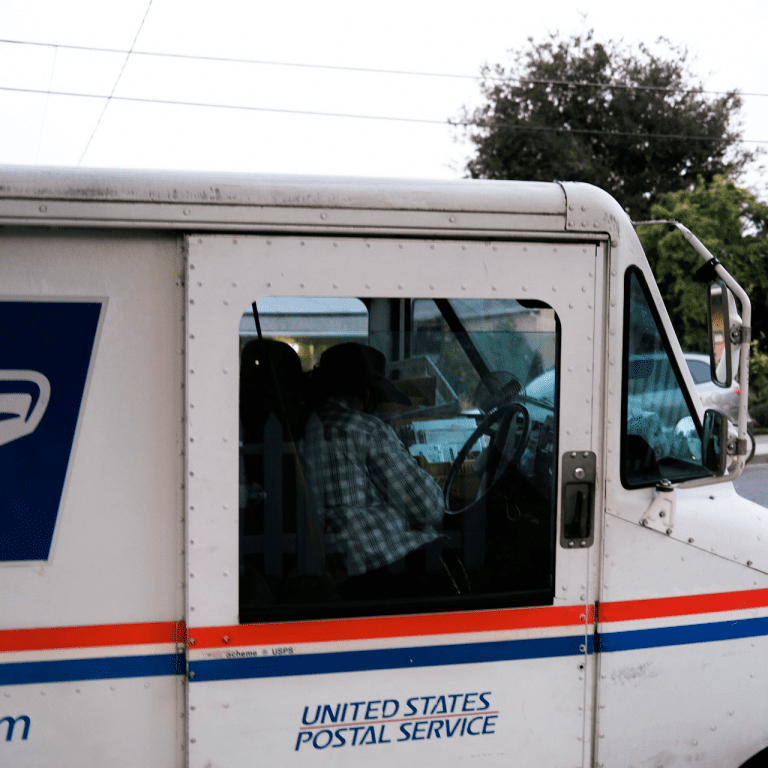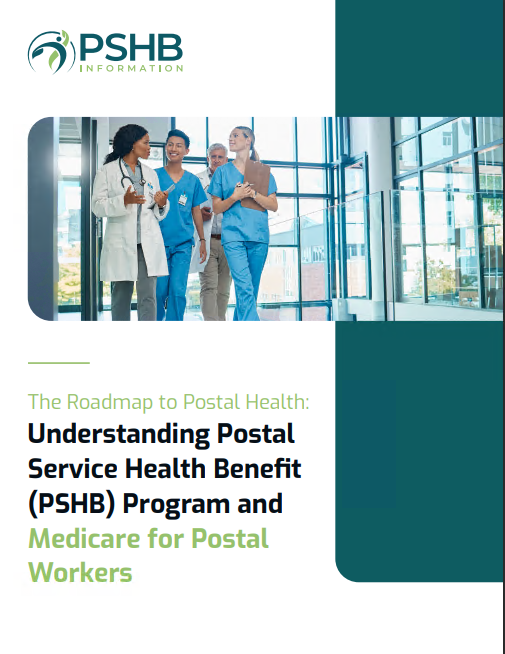Key Takeaways
-
Coordinating your Medicare benefits with a Postal Service Health Benefits (PSHB) plan can optimize coverage, reduce out-of-pocket costs, and enhance your healthcare experience.
-
Your choice to enroll in Medicare depends on factors like age, employment status, current health needs, and expected healthcare costs.
Understanding PSHB Plans and Medicare Basics
Before making a decision, it’s essential to understand what each program offers. Postal Service Health Benefits (PSHB) plans are designed to provide robust healthcare coverage for USPS employees, retirees, and their families. These plans typically include comprehensive benefits like hospital care, outpatient services, and prescription drug coverage.
Medicare, on the other hand, consists of multiple parts:
-
Medicare Part A covers hospital services and is often premium-free if you’ve worked enough years.
-
Medicare Part B focuses on outpatient care, like doctor visits and diagnostic services, with a monthly premium and annual deductible.
-
Medicare Part D provides prescription drug coverage, and starting in 2025, there’s a $2,000 out-of-pocket cap for medication expenses.
Understanding these foundational elements will help you decide whether Medicare should complement your PSHB plan.
When Should You Consider Enrolling in Medicare?
Retired and Medicare-Eligible
If you’re retired and eligible for Medicare, it may be wise to enroll in Parts A and B to enhance your healthcare coverage. Medicare can work alongside your PSHB plan to reduce your overall costs. For example, Part B’s outpatient services can complement PSHB’s in-network provider options, while Medicare often provides broader provider access nationwide.
Still Working Past Age 65
For those actively working and covered under a PSHB plan, enrolling in Medicare Part B might not be immediately necessary. Your PSHB coverage satisfies the requirement for “creditable coverage,” so you can delay Part B enrollment without penalties as long as you’re employed. However, enrolling in Part A can still be beneficial since it’s premium-free and may cover hospitalization costs that PSHB doesn’t fully address.
Planning for Long-Term Costs
When considering Medicare enrollment, assess your potential out-of-pocket expenses. In 2025, the Medicare Part B monthly premium is $185, with an annual deductible of $257. Evaluate how these costs compare to your expected healthcare usage and whether integrating Medicare could lower overall expenses.
Benefits of Combining PSHB and Medicare
Combining your PSHB plan with Medicare can significantly improve your healthcare coverage. Here’s how:
Enhanced Hospital Coverage
Medicare Part A covers hospital stays with specific deductibles and coinsurance costs. PSHB plans often include similar benefits, but using Medicare as primary coverage can reduce your out-of-pocket expenses during extended hospitalizations.
Improved Outpatient Care Access
Medicare Part B offers extensive outpatient service coverage. By coordinating this with your PSHB plan, you may enjoy lower copayments for services like specialist visits, diagnostic tests, and preventive care.
Prescription Drug Savings
Starting in 2025, Medicare Part D introduces a $2,000 cap on out-of-pocket prescription drug costs. If your PSHB plan includes robust pharmacy benefits, combining the two may eliminate financial gaps for high-cost medications.
Situations Where Medicare May Not Be Necessary
Strong PSHB Plan Coverage
If your PSHB plan offers comprehensive coverage with minimal cost-sharing, you may not need to add Medicare. For instance, some PSHB plans include low deductibles, out-of-pocket maximums, and generous drug coverage.
Limited Healthcare Usage
If you’re in good health and don’t require frequent medical services, your PSHB plan alone may suffice. Adding Medicare would introduce additional premiums without much added benefit.
Working With Family Coverage
If your spouse or family members rely on your PSHB plan for coverage, enrolling in Medicare might not be the best option. Ensure your family’s needs are met before making any changes that could affect their access to care.
Financial Considerations for Medicare and PSHB Integration
Premium Costs
Medicare Part B has a standard premium of $185 in 2025, which may increase if you’re subject to income-related adjustments. PSHB plans already include premiums, so you’ll need to budget for the additional cost if you enroll in Medicare.
Deductibles and Coinsurance
Consider the deductibles and coinsurance amounts under both PSHB and Medicare. While Medicare’s deductibles are relatively low compared to some private plans, PSHB plans may already provide significant cost-sharing protections.
Out-of-Pocket Maximums
One advantage of Medicare is the $2,000 out-of-pocket cap for prescription drugs under Part D. If your PSHB plan has a higher drug cost-sharing requirement, adding Part D could offer considerable savings.
Key Questions to Ask Before Deciding
-
What Are Your Current Health Needs? If you require frequent specialist visits or have chronic conditions, Medicare’s supplemental coverage may be worth it.
-
Are You Still Employed? Active employees may not need Part B immediately but can consider enrolling in Part A for extra hospitalization coverage.
-
What Are Your Budget Constraints? If you’re concerned about monthly expenses, weigh the cost of Medicare premiums against potential savings on medical bills.
-
Do You Travel Often? Medicare’s nationwide provider access can be beneficial if you travel frequently or live in multiple states throughout the year.
-
What’s the Family Impact? Consider how adding Medicare might affect your spouse’s or dependents’ coverage under your PSHB plan.
Timeline and Enrollment Considerations
Initial Enrollment Period (IEP)
Your IEP lasts for seven months around your 65th birthday (three months before, the month of, and three months after). Enrolling in Medicare during this time ensures you avoid late penalties.
Special Enrollment Period (SEP)
If you’re still employed past age 65 and covered by a PSHB plan, you qualify for an SEP. This allows you to enroll in Medicare without penalties once your employment or coverage ends.
Annual Open Season
Each year, Open Season runs from mid-November to mid-December. This is the time to review your PSHB plan and make changes if necessary. You can also evaluate how Medicare could enhance your coverage for the coming year.
How to Decide What Works Best for You
Making the right decision requires a balance between cost and coverage. Consider consulting with a benefits counselor to discuss your specific situation. Reviewing plan brochures and comparing benefits side-by-side can also provide clarity. Remember, what works best for someone else may not be the ideal choice for you.
Ensuring Your Healthcare Plan Aligns With Your Goals
Choosing whether to pair Medicare with your PSHB plan is a personal decision based on your unique healthcare needs and financial goals. By thoroughly evaluating your options and understanding the benefits of each program, you can confidently create a strategy that works for you in 2025 and beyond.









